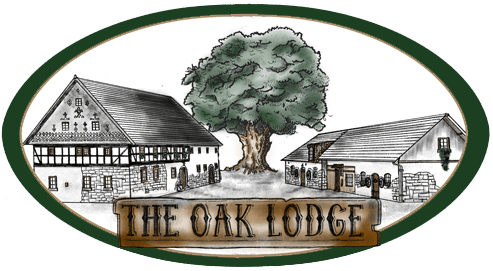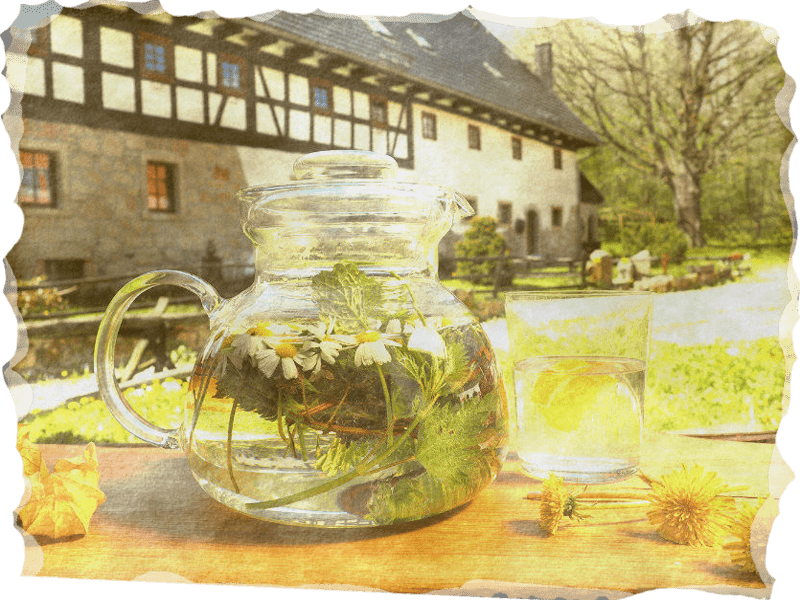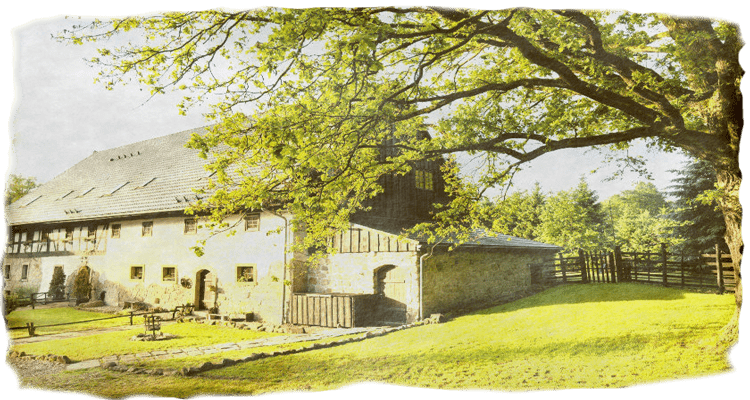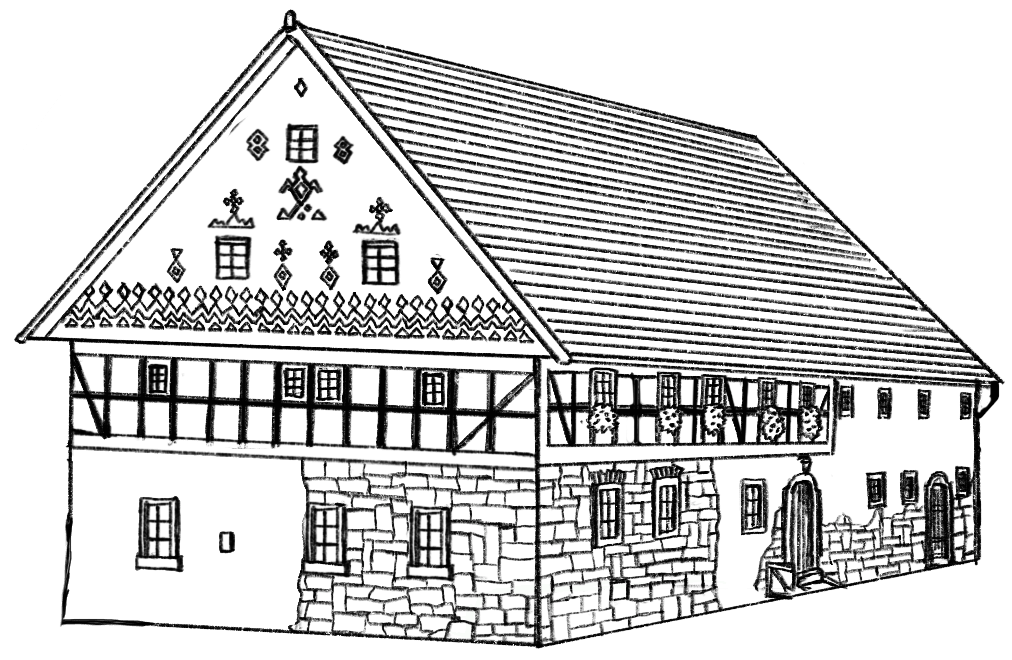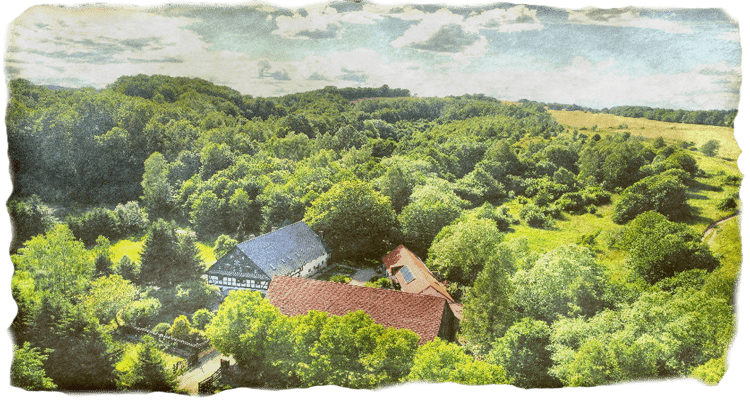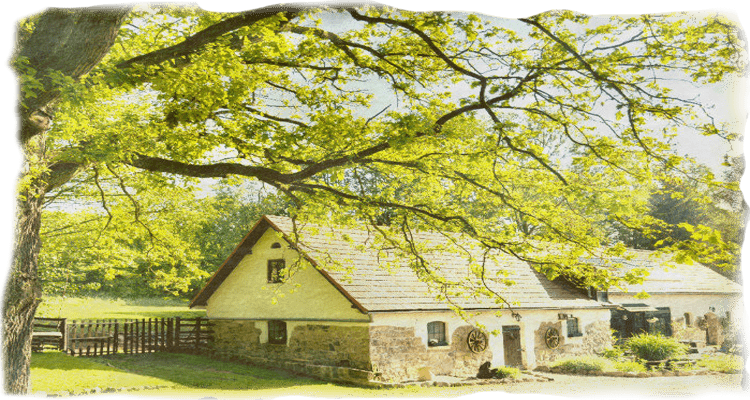Lwówek Śląski: Origins and Rise of a Medieval Town
Early Settlement and Strategic Development
In the early 13th century, Duke Henry I of Poland decided to develop and populate Silesia. To do so, he started with the deforestation of the Przesieka, a dense frontier forest on the western edge near Bohemia, paving the way for new settlements. One of the earliest towns from this initiative was Löwenberg, located near the Slavic site of Mois and set up by the formally commissioned locators, Thomas and Hartlieb under German law in 1217.
The establishment of Löwenberg represented a pivotal change in administrative and legal frameworks, transitioning from the scattered Polish law administrations that had previously dominated the region. Therefore, it is very likely that the position between the castellanies of Lehnhaus (Wleński Gródek) and Bunzlau (Bolesławice), was a strategic decision to enhance its role as an administrative hub.
Gold Mines And Trade Routes
As Löwenberg grew, it served as a central point for surrounding villages and became a hub for gold washing, similar to nearby Goldberg. However, by the 14th century, the gold reserves were depleted, shifting the town’s focus to its strategic location on of Europe's most important trading routes, the "Via Regia" or “High Road”.
By the mid-13th century, Lwówek Śląski had already become a significant economic center, particularly noted for its textiles. It had a fortified rectangular market square, double layer city walls and there was also a strategically placed castle built by Thomas who lost his life in 1241 at the Battle of Wahlstatt, fighting against the Mongols. 1336, the town purchased a mercantile house initially leased to a knight by the Duke, which then hosted market spaces, the town council chamber and event halls.
Culture and Religion
The spiritual life of Lwówek Śląski was centered around the Catholic parish church of the Assumption of Mary and St. John the Baptist, constructed between 1233 and 1238 and consecrated in 1241 by the Bishop of Wrocław in the presence of Duke Henry I. The church was endowed by the Duke and later, in 1281, handed over to the Knights Hospitaller. The town also supported four hospitals, with the oldest, the Thomas Hospital (later known as the Holy Ghost Hospital), documented as early as 1322.
Reformation and Thirty Years' War
Over the years, Lwówek Śląski underwent several significant political changes. 1469, it came under Hungarian rule and reverted to Bohemia in 1490, then governed by the Polish Jagiellonian Dynasty until 1526 when it, along with the Bohemian Crown, passed to the Habsburg monarchy of Austria.
The Reformation reached around 1525, catalyzed by the teachings of Martin Luther in person of a Franciscan monk, deeply inspired after his studies in Breslau. His advocacy led to the dissolution of the local Franciscan convent, with the monks gradually departing the town by 1543. Despite initial resistance, including efforts to introduce Calvinism, the Reformation was firmly established by 1561.
In 1629, during the Thirty Years' War the Liechtensteiner Dragoons swept into the town enforcing the Counter-Reformation with brutal force, attempting to reconvert the populace to Catholicism. This enforcement led to a unique form of protest known as the "Lwówek Śląski Women's War," where 300 women, rallying with clattering keys, confronted and momentarily overpowered the town council in a bold display of resistance.
1640, Swedish forces arrived and final brought the ravages of war, destroying almost any building outside the city walls to improve their strategic position. Overall, the town and its population was reduced by more than 80% until the war’s end in 1648.
Prussia And The Modern Days
In 1742, the Prussian King, Frederick the Great, won the First Silesian War during the War of the Austrian Succession and therefore control of Silesia. The transition from Austria to Prussia marked a new era of industrial development in Lwówek Śląski.
May 1813 Troops of the First French Empire occupied the town. During this period, Napoleon Bonaparte visited from August 21 to 23, 1813, to organize defenses against the advancing Prussian army led by General Gebhard von Blücher before he lost the Battle of Katzbach and had to retreat. After the Prussian administrative reorganization in 1814, it was included in the Province of Silesia
By 1852,Friedrich Wilhelm Constantin of Hohenzollern, the last reigning prince, moved to the town, bringing with him his renowned court chapel. This musical ensemble gained an impressive reputation under the direction of celebrated conductors such as Wagner, Liszt, Hans von Bülow, and Berlioz. However, this period came to an end with the prince's death in 1869.
1885 the railway finally reached the town which still had managed to preserve parts of its medieval defenses and a reputation as the "Lower Silesian Rothenburg," attracting a significant number of tourists throughout the 20th century.
World War II and Post-War Period
In the final days of World War II, over 40% of the old town was destroyed. After the war ended in 1945, Lwówek was handed over to the administration of the People's Republic of Poland by the Soviet Union, along with most of Silesia. Initially, Löwenberg was renamed to Lwówek nad Bobrem and later to Lwówek Śląski, marking a new chapter in the city's history.
In the 1960s and 1970s, most of the old town was leveled and replaced by modern row buildings in the style of a Socialist city along the old streets. Only the town hall and the inner ring block remained at the marketplace. Many buildings from the Gothic, Renaissance, and Baroque periods were lost.
The Protestant church was demolished in 1972, leaving only its tower. Only a few buildings on the edges of the old town and the public buildings, now standing as isolated structures in the relaxed urban landscape, were spared from the extensive demolition.
Lwówek`s Architectural and Cultural Heritage
Today, the old town of Lwówek Śląski is marked by notable architectural gems, such as the Lwówek Śląski Town Hall, the Parish Church of the Assumption of the Blessed Virgin Mary and the city's fortifications, including parts of the double city wall with the Lauban and Bunzlau Gate Towers.
Other points of interest include the remnants of the inner ring block's original trade houses, the Renaissance Płakowice Castle, the Palais of Prince Friedrich Wilhelm Constantin von Hohenzollern-Hechingen and the Sandstone Rocks in the "Löwenberger Schweiz".
Your Trip To Lwówek Śląski
Lwówek Śląski is easily reachable from The Lodge by car, bicycle, or even on foot. Besides the official roads, there is a beautiful trail from the lodge that winds through nature, passing ruins and lost places, and leading directly to Lwówek Śląski. At the end of this trail, you are greeted with a breathtaking view of the city. The town center boasts a variety of restaurants and shops for essentials, catering to all your needs during your stay. The town also hosts vibrant, seasonal events, including Europe’s largest agate festival, which attracts many visitors.
Distance:
4 km
Drive time:
6 min
Duration:
min. 1-3 h

